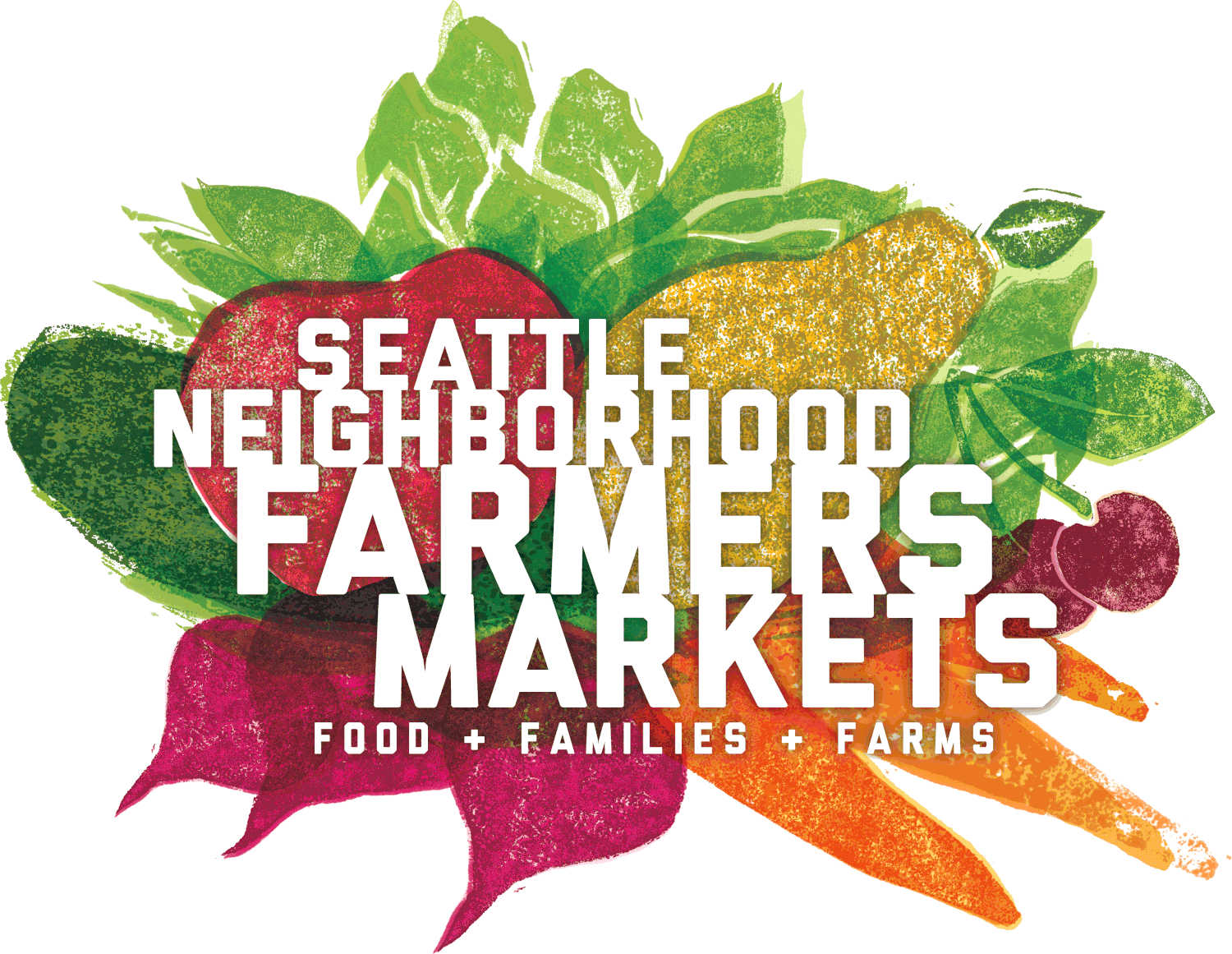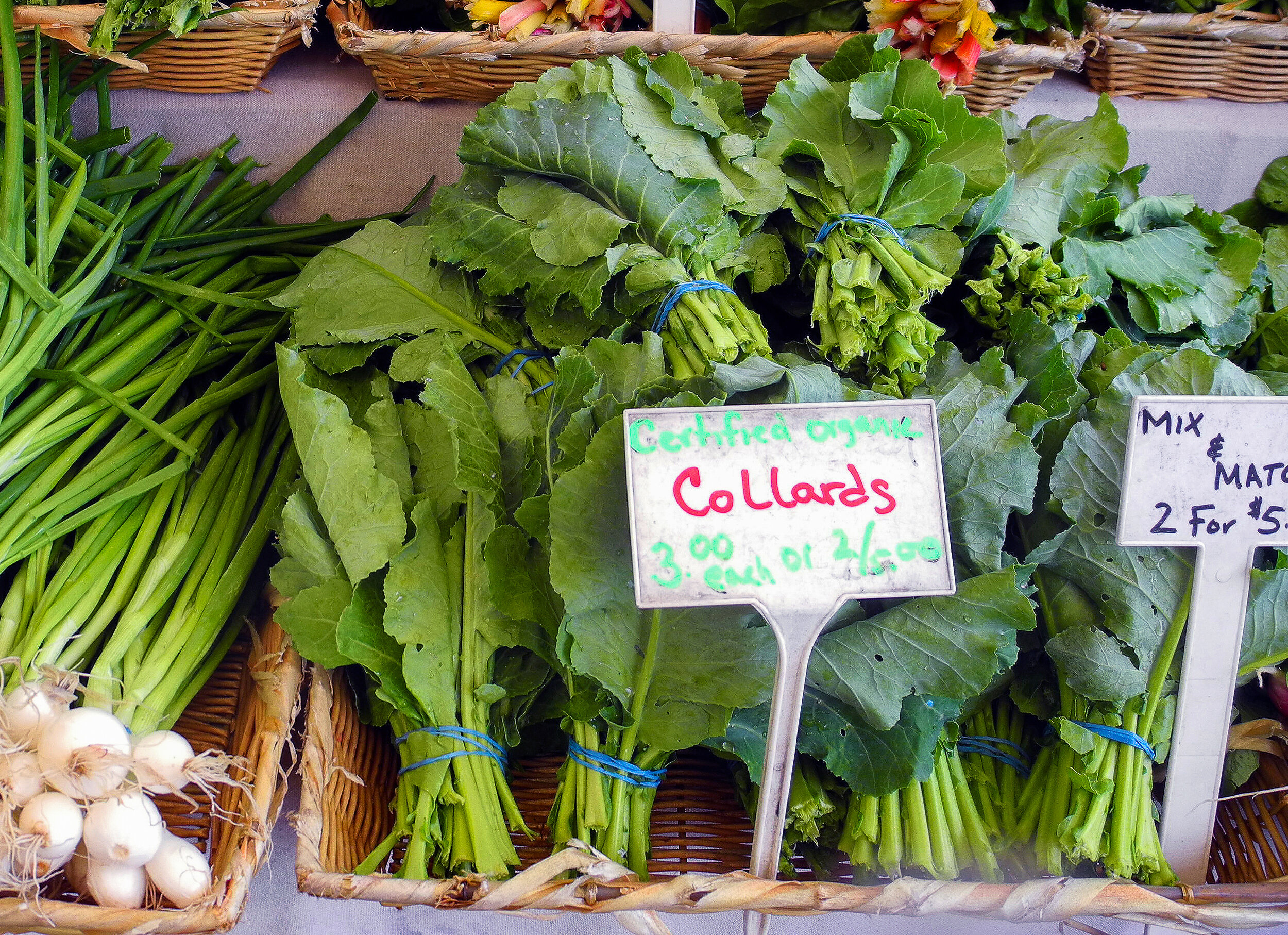Featured Ingredient: Collard Greens
Hearty and versatile, collard greens are a staple in households across the United States, particularly in the south where they grow year round. Collards show up frequently in creole style dishes, and are also popular in many international cuisines, including Ethiopian, Kenyan, Brazilian and more. Extremely high in vitamins A and C, collard greens are a superfood in more ways than one, as they can withstand frigid northern temperatures well into the winter. Optimal growing temperatures for collard greens are 40–50°F, allowing it to be harvested in both Spring and Fall in the Northern United States. Collards are extremely frost tolerant, just like their hearty-green cousins, kale and cabbage.
Also known as “colewort,”(not an unbelievably appetizing name), collard greens are actually a type of cabbage, and are a member of the mustard family, (Brassicaceae), along with kale, mustard, broccoli, and others. The genus Brassica means “like cabbage” in Latin. This makes sense, as collard greens are thought to descend from wild cabbages that once grew on the Atlantic coast of Europe. They are one of the most ancient plants we eat today.
There are myriad delicious ways to enjoy collard greens, and many recipes extend back generations. Pairing collards with pork seems to be a common trend across cultures, though they go well with most anything. In the Southern U.S, home cooks often stew collards in pork fat or with ham hocks. Caribbean-style collard greens are often hot and spicy, and found in a stew with other vegetables. In Brazilian cuisine, collard greens are can be found paired with fish or pork. On their own, raw collard greens have a delicious sweet and nutty flavor, and a wonderful crunchy texture. This farmers market staffer can often be found using broad collard leaves for wraps that include anything from rice and beans, other veggies, and yes, pork.
You can find collard greens at Mariposa Farm, (WS, CC), Alvarez Organic Farms (All), Steel Wheel Farm, (UD) and many, many others! Currently we are only operating the University District, West Seattle, and Columbia City farmers markets.

